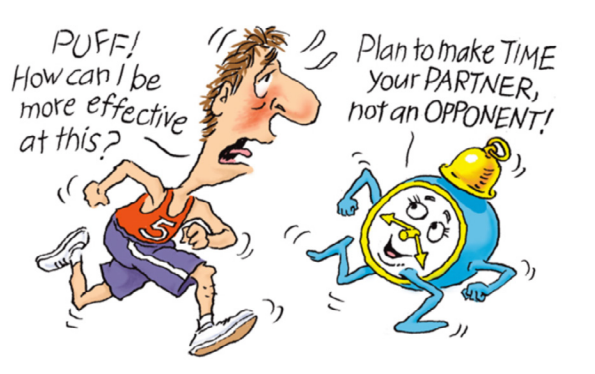In the 3rd segment of our series of “What Do They Actually Do?” let’s take a look into the role of the Training, Health, and Safety Coordinator.
Let’s dig right into the some of the key “training” responsibilities:
- Drive brand values and philosophy through all training
- Evaluate organizational performance to ensure that training is meeting business needs and improving performance.
- Create a curriculum to facilitate strategic training based on the organization’s goals.
- Guiding managers and supervisors in developing training skills.
- Manage the technologies and technical personnel required to develop, manage, and deliver training
- Develop individualized and group training programs that address specific business needs
- Keep abreast of training trends, developments, and best practices.
- Through audits evaluate employee performance and gauge where skills need improvement.
- Conduct surveys to judge how programs are received and if changes are needed
- Prepare onboarding training for new employees
- Maintaining records and providing participants with feedback
- Attend conferences relating to education and training
Under the Health and Safety responsibilities the Training, Health & Safety coordinator has the responsibility to ensure that they are up to date with the latest government occupational health and safety standards which include the enforcement of occupational health and safety legislation, workplace inspections, incident investigations, the dissemination of information, the promotion of training, education, and research and resolution of OH&S disputes.
In addition, further responsibilities are to make sure that workers work in compliance with OH&S acts and regulations, use prescribed protective equipment and/or devices, advise workers of potential and actual hazards, provide workers with written instructions as to the measures and procedures to be taken for protection of the worker and take every reasonable precaution in the circumstances for the protection of workers.

What is the Role of the Health and Safety Committee?
- Act as an advisory body
- Identify hazards and obtain information about them.
- Recommend corrective actions.
- Assist in resolving work refusal cases.
- Participate in incident investigations and workplace inspections.
- Make recommendations to the management regarding actions required to resolve health and safety concerns.

